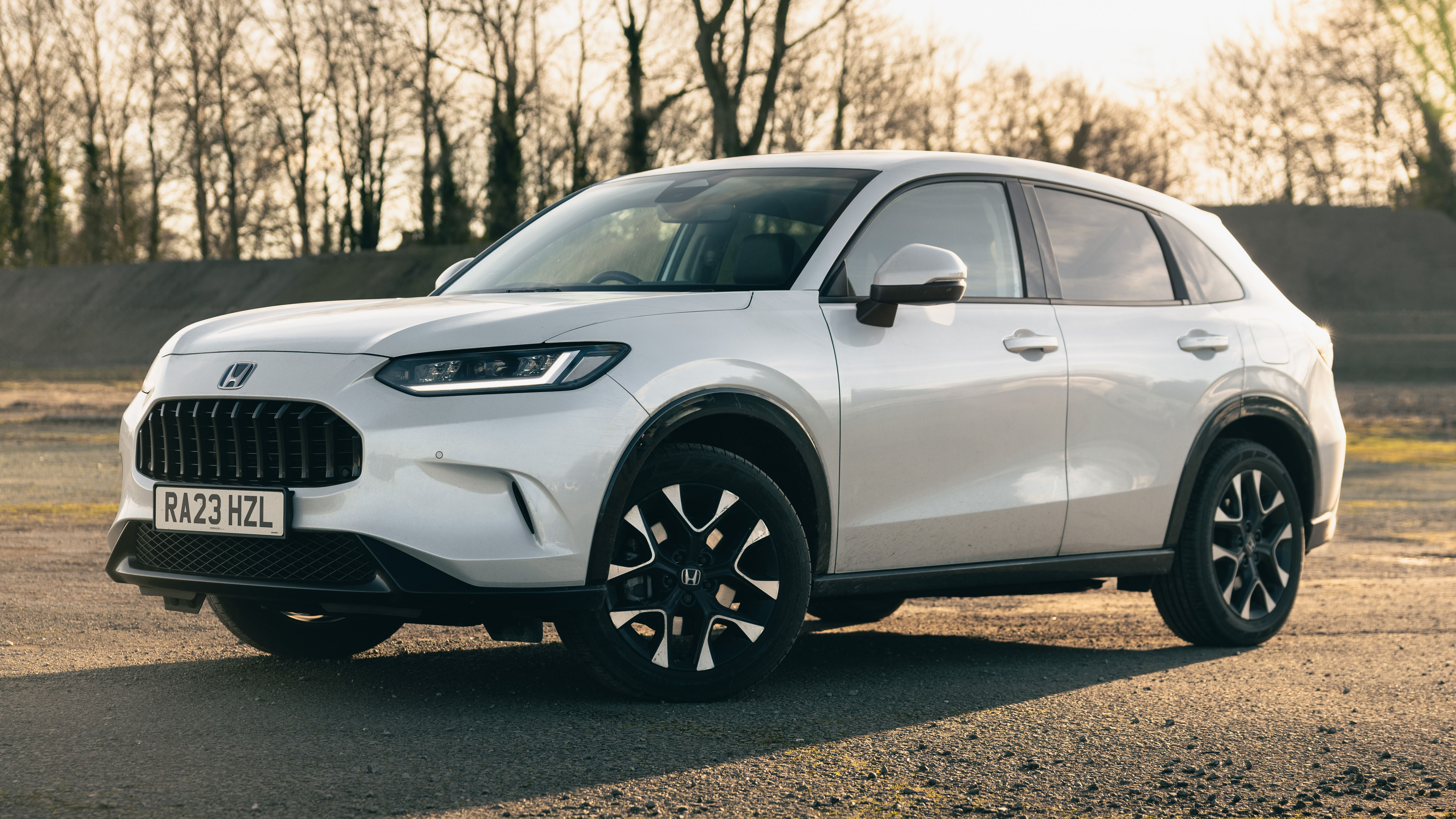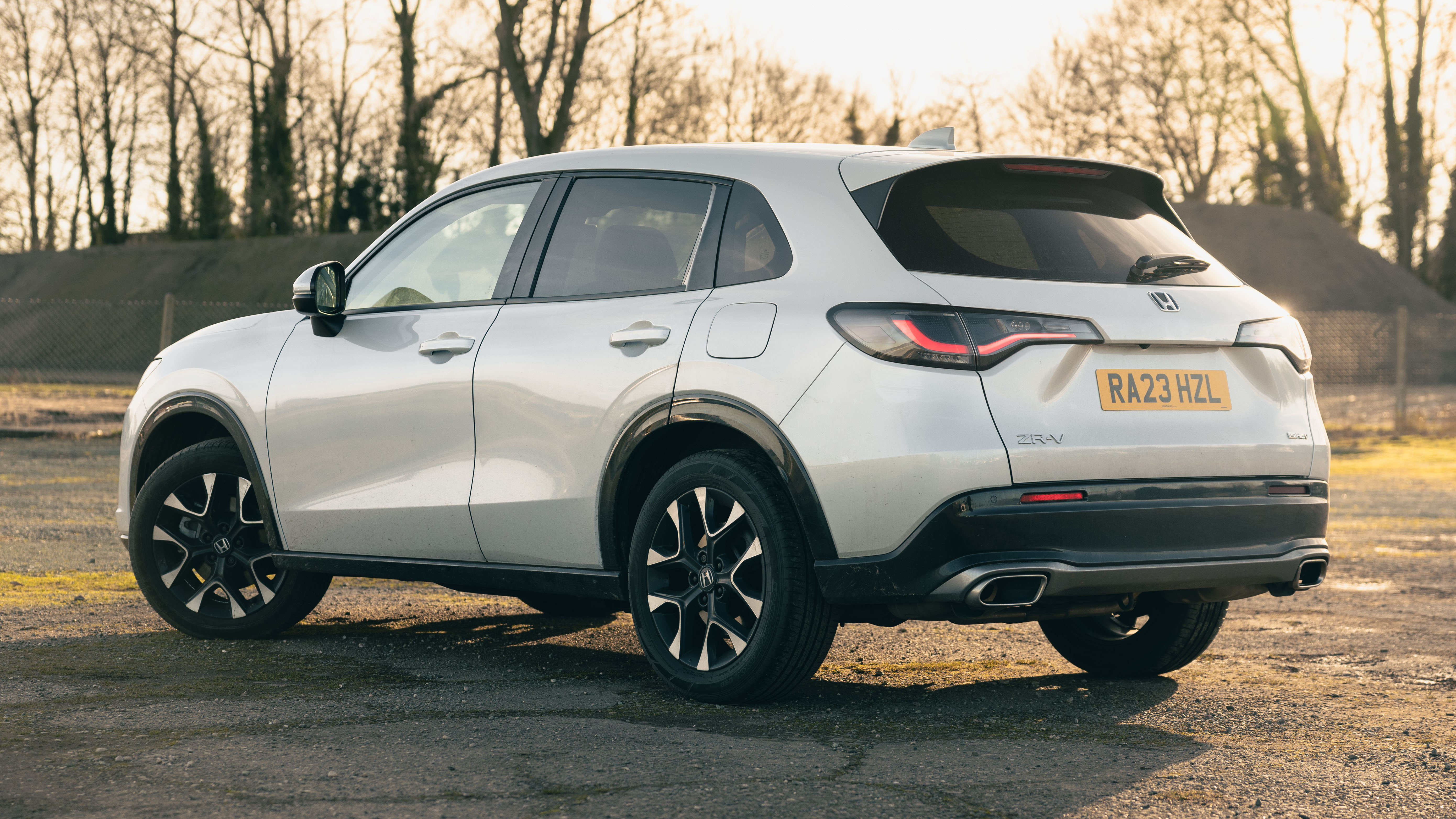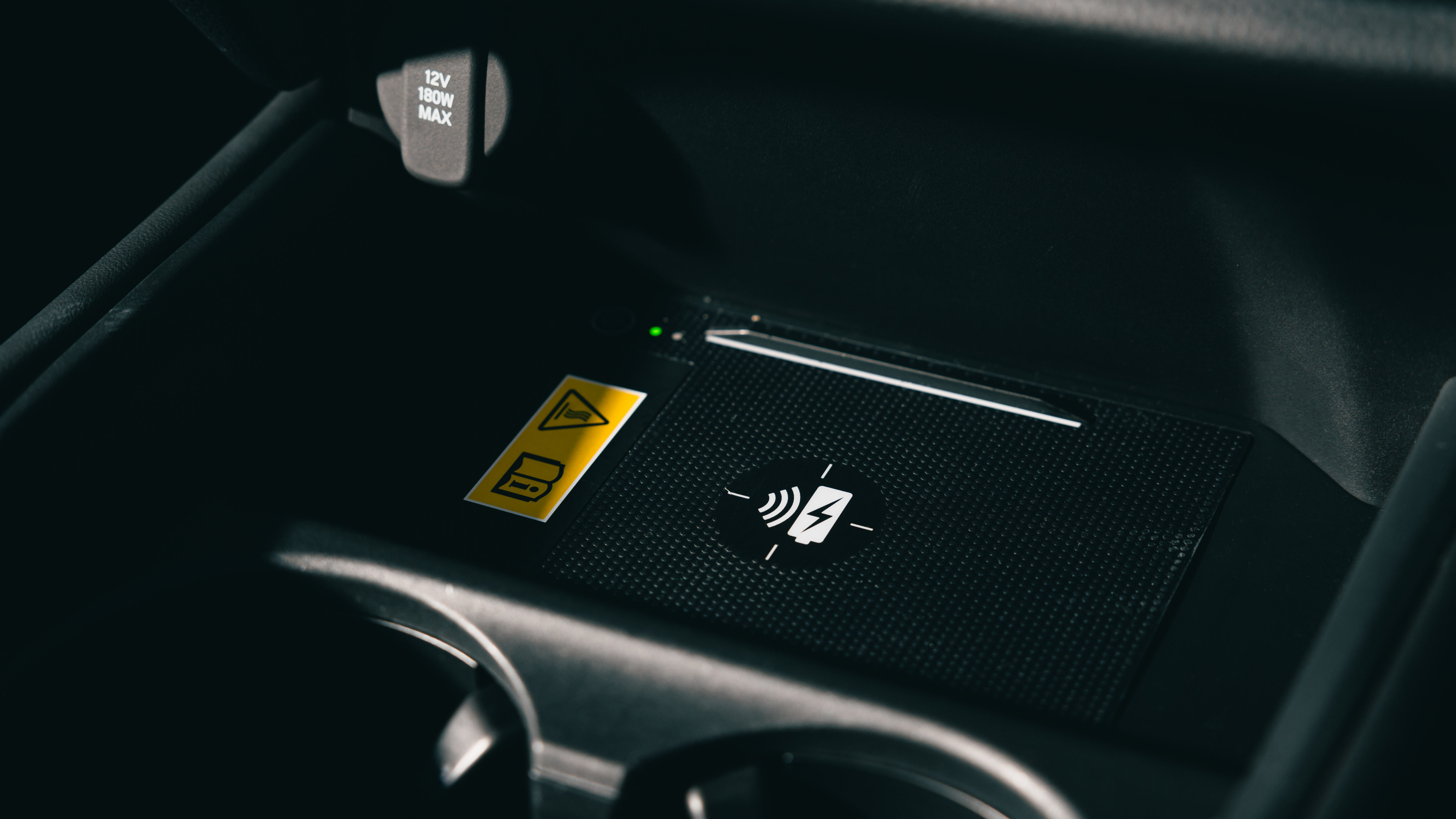
SPEC HIGHLIGHTS
- SPEC
Honda ZR-V Advance
- ENGINE
1993cc
- BHP
181bhp
- MPG
58.9mpg
- 0-62
8s
Our time in the Honda ZR-V has come to an end, but will we miss it?
Our brief stint living with a Honda ZR-V has come to an end, and if we’re honest the three months have passed without much fuss at all. This is a reliable, safe (it was awarded a four-star Euro NCAP score in December 2023) and sensible family car.
And yet, after covering a hefty number of miles in the past month, I do have a few things to get off my chest. Let’s start with something simple. In a previous report I mentioned the ZR-V was fairly plain to drive. It remained so, mostly, but I did get a moment of excitement as I left Every. Single. Junction. Even if I was supremely delicate with the throttle it would spin its wheels – the result of a stiff front end and Dunlop tyres that struggled in wintry conditions. I can confirm that exiting every junction with a spark of tyre noise in your 181bhp front-wheel drive crossover is not cool. The ZR-V had all the grip of a poodle on parquet flooring.
Although it would seem that this isn’t just a ZR-V problem, because just days after our Honda’s return I heard the familiar screech of tyre squeal and turned to see a new HR-V leaving a junction in a 20mph zone.
Also, perhaps you can change the speed limit warning settings, but I’ll be damned if I could find out how to do it. The little bongs chimed every time I dared to stray a single mile per hour over what the ZR-V thought was the speed limit. And as we know with these things, it’s often reading 20mph signs from adjoining roads when barrelling down a motorway. And yes, there probably was an easy fix, but the ZR-V denies you access to the vehicle settings menu as soon as you put the car into drive. Maybe this says more about me than the car, but I never had the patience to delve into the menus before setting off.
Bear with me – there’s more. Initially I wasn’t using the wheel-mounted paddles to change the level of regenerative braking, but after consistently getting just over 40mpg (not bad, but a long way off the claimed 48.7mpg) I wondered whether adapting the way that energy flows back into the 1.05kWh battery would make a difference. That led me to discover that in most drive modes, the level of regen resets to nil every time you press the accelerator. That means either you never touch the paddles, or you’re pulling at the left one constantly to up the force every single time you need to slow down. Not the greatest solution for a smooth and predictable driving experience. Weirdly, the only time the levels remain consistent is if you put the ZR-V into sport mode, and nobody needs that.
There were a few wins for the ZR-V. Its powertrain is impressively refined and the fake gearchanges of the ‘Linear Shift Control’ system work well to drop the engine’s revs under hard acceleration. It’s comfortable too, and from the driver’s seat everything is very easy to use with proper physical buttons and even a separate climate control panel. Credit where credit is due, Honda.
And yet, after three months with the car, nothing is jumping out that would convince me to buy a ZR-V over its many, many rivals. With a 380-litre boot it’s nowhere near as practical as things like the Nissan Qashqai (504 litres) or Skoda Karoq (588 litres), and if those two are a little dull then the Honda isn’t anywhere near as stylish as the Korean alternatives – Kia’s Sportage or Hyundai’s Tucson.
The ZR-V is also a fair chunk more expensive than all of those rivals, so if you’re wedded to Honda but still looking for value for money then it’s the Civic hatch that you really want. You’ll get the same powertrain, a bigger boot(!) and much better looks, all for over £3,000 less spec-for-spec.
Featured

Trending this week
- Car Review
BMW 1 Series






